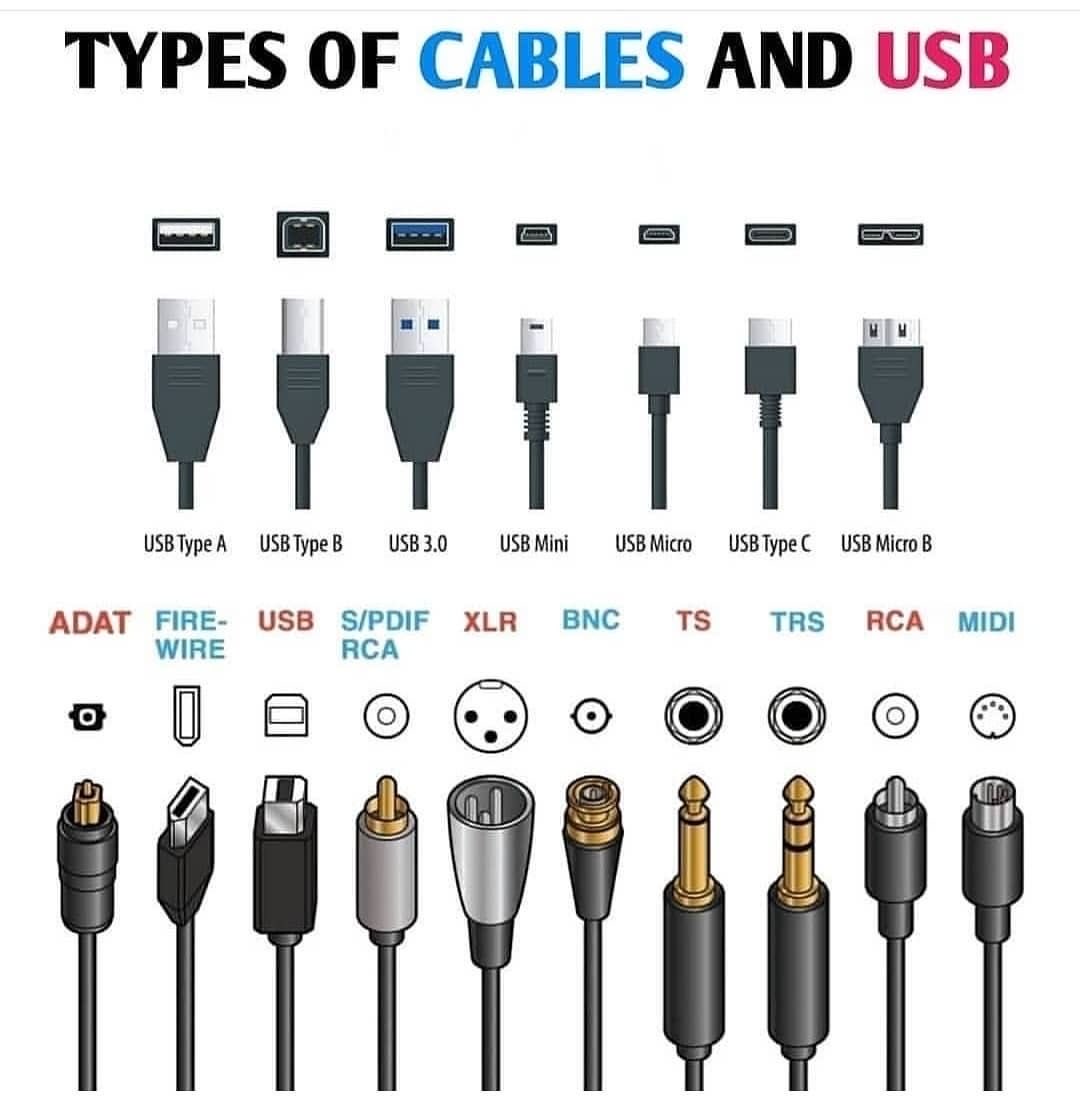The Introduction of USB C and the Removal of Wall Chargers from Phone Boxes
Technology is consistently evolving to become more efficient, compact, and convenient. Having this in mind, we've seen actions to make our technology a whole lot cleaner. Before the introduction of USB C, there were many cables varying in shapes and sizes. There was also a time when our phones came with all of the essential components to have a complete smartphone setup. Although we're only tackling two separate topics, these topics are a response to committing to a Green Earth.
 |
| Source |
 |
| Source |
Even though older technologies will continue to suffer through e-waste, USB C is a good step towards a cleaner Earth. Most companies have committed towards a Greener Environment (Solar or Recyclable material) by 2030. To accomplish such a task, Apple announced that they would no longer include their earpods and the wall charger for their iPhone 12 (2020). This decision seems to be a double-edged sword. On one hand, you appease the people by removing the component that is already common in people's households. By removing both earpods and wall chargers, you're able to make the box slimmer. A slimmer box can ship out even more iPhones in a shipping container. Thus, it is more efficient to ship more products in the same space while not providing yet another wall charger. On the other hand, you're not providing a complete package of everything a person needs for their first phone.
 |
| Source |
phone box.
 |
| Source |
Overall, it seems that the EU responded to the Green Earth issues by introducing a Universal Cable that could do everything. Whereas Apple commits to its Green Earth commitment by reducing components that are common in most households. Keeping the Earth as healthy as possible is not a new concept, though it has gotten more traction in recent years. If there weren't a movement for clean energy or materials, who knows if companies and governments would've committed to becoming their cleanest selves by the year 2030. It has been a bit of a rocky journey, but we'll patiently be waiting for another 8 years to see how much we've progressed since 2022 (or further back).
If you'd like to learn more, check out:
USB C Charger (The Verge): https://www.theverge.com/2021/9/23/22626723/eu-commission-universal-charger-usb-c-micro-lightning-connector-smartphones
Apple's Slim Box (Hindustan Times): https://tech.hindustantimes.com/tech/news/apple-explains-why-it-removed-charger-earpods-from-iphone-12-box-71602948393511.html
e-waste (Statista): https://www.statista.com/chart/2283/electronic-waste/

Comments
Post a Comment